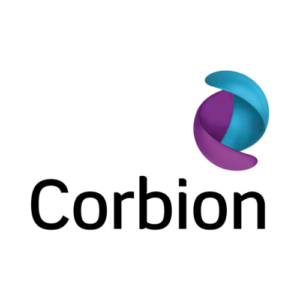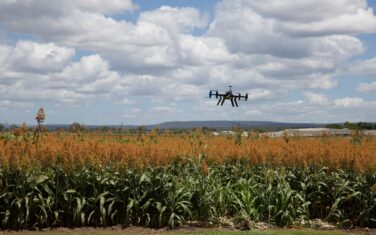Spray drying is a widely applied manner of drying products in the food industry. Chances are that you have a few spay dried items in your pantry right now. Instant coffee, protein shakes, milk and egg powders are all examples of spray dried food products. These products are of superior quality to some other dried food products because of the mild way in which they were dried.
In short:
- Drying processes in the food and other industries are very energy intensive
- We need to find ways to make these processes more efficient
- And focus on a better quality end-product
Identifying the factors that determine product quality
In her project PhD researcher Eline Both has used a single droplet drying approach to study the process of spray drying as a part of the ISPT drying & dewatering cluster. The project focused on better understanding the drying process and identifying the factors that are important in determining the quality of the product. One of the key factors in determining product quality is the particle morphology, or shape, of the primary powder particle. Particle shape is closely linked to functional powder properties such as dissolution and flowability properties. Better understanding of particle morphology will thus contribute to an improved powder quality. It will also help to improve the efficiency of spray drying operations as better control of particle formation will reduce the risk of fouling in a spray drying tower, which leads to downtime and material loss.
Understanding morphological particle development
The main objective of this research was to create a mechanic understanding of particle morphology development in drying droplets specifically. One part of the research focussed on the skin formation of the particles and the other on whether the rheological, or flow, properties of components at high concentrations may explain the particle shape development during drying. The research concluded that especially composition and drying temperature influenced the final particle shape. Particles dried at low temperature or having a high whey protein content were more likely to form hollow particles, whereas particles dried at higher temperature or a high maltodextrin content (a food additive produced from starch by hydrolysis) had the tendency to become wrinkled. To find out all about the researcher’s findings related to the factors influencing morphological development read the full public summary here.
Applying knowledge gained in the lab in industrial processes
To conclude the research, and to help gain insights on a larger scale, the results from the single droplet drying research were compared to the morphological development of particles in a pilot scale spray dryer. This showed the importance of looking at drying from a product perspective and it emphasized the industrial relevance for this research as the morphologies observed in the pilot scale drying were similar to the observations seen in the single droplet drying experiments. This also underlined the relevance of single droplet drying methods for the purpose of observing morphology development during spray drying.
More on the Drying & Dewatering program
You might also be interested in
Acknowledgement & partners
This project is co-funded by TKI-E&I with the supplementary grant 'TKI- Toeslag' for Topconsortia for Knowledge and Innovation (TKI’s) of the Ministry of Economic Affairs and Climate Policy.







